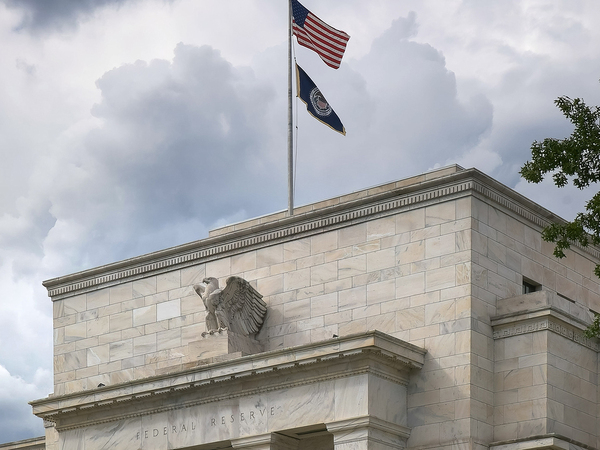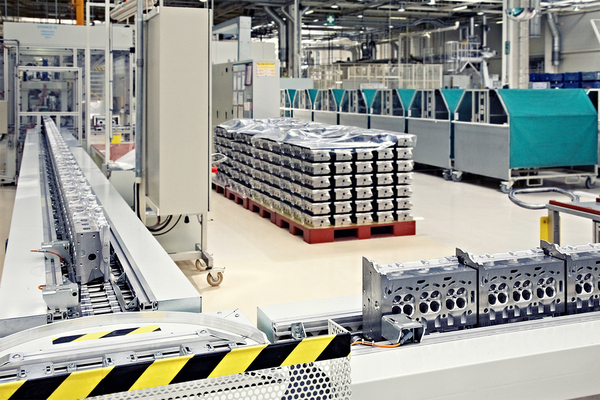View Sale Announcement Detail


Archived news
TEASER:
The economy might not be as strong as it could be right now, but it may be showing signs that it's stabilizing. That said, it's still somewhat of a fragile growth story. Read on for more about the current state of the economy.
 The Federal Reserve is not anticipating a rate hike this year, showing its intentions of keeping borrowing costs low as the economy continues to rebound after a slow Q4 in 2018.
The Federal Reserve is not anticipating a rate hike this year, showing its intentions of keeping borrowing costs low as the economy continues to rebound after a slow Q4 in 2018.
The U.S. economy may have shown some signs of slowing early in the year, but the first quarter of 2019 seems to have ended on a modestly positive note.
Consumer spending barely rose in January following a sluggish December, and retail sales dropped in February. But March showed some healthy activity in the factory and construction realms, giving economists reason to believe that the economy is not as slow as they may have previously believed.
That said, The Federal Reserve is still rather conservative when it comes to increasing rates and bringing inflation up to its 2 percent target. The central bank recently decided to keep rates steady for now, hinting that any increase in rates is unlikely this year.
A halt in rate increases makes sense given the global trade wars, tax cuts, and uncertainty surrounding Brexit. The Fed certainly has good reason to wait and see what unfolds over the next few months before determining what to do about any potential rate hikes.
Still, economists have some reasons to believe that the second quarter will see modest growth. However, that growth is not expected to be very strong.
Retail sales slipped 0.2 percent in Q1 2019, mainly as a result of a drop in sales of clothing, furniture, electronics, appliances, and food. Economists anticipated retail sales to increase 0.3 percent in February, though sales actually dipped instead.
This may have partially been as a result of tax refund delays due to modifications of the tax code in last January. As such, many consumers may not have had the tax refund money readily available that they would have otherwise had to use as spending money.
And the extremely long, cold, and snowy winter across many parts of the U.S. may also have played a role in sluggish sales.
American factories reported bringing more workers on board in March, with manufacturing employment reaching 57.5 from 52.3 in February. That's somewhat promising considering the fact that hiring nearly came to a halt in February.
And according to the Institute for Supply Management (ISM), its index of national factory activity increased to a 55.3 reading in March from 54.2 the month before. The institute also reported strong order growth in March.
The computer and electronics manufacturing sector also seems to be gradually stabilizing as well.
 The manufacturing sector appears to be showing some signs of strengthening.
The manufacturing sector appears to be showing some signs of strengthening.
While the economy doesn't seem to be bustling along, it does appear to have stabilized. That said, it's still treading on fragile grounds and isn't necessarily poised for major growth just yet. The unimpressive retail sales and consumer spending don't paint the picture of a bustling economy, and The Fed's decision to keep rates where they are illustrates how the economy is still somewhat delicate.
But there have been some positive numbers in certain sectors that show that the economy may be out of crisis territory and may be slowly climbing.
Regardless of where the economy happens to be right now, banks and lenders must always be diligent about maintaining strong loan portfolios. Retaining strong assets while selling off distressed ones is key to maintaining profitability, and Garnet Capital can help ensure your loan portfolios remain robust.
With plenty of experience in every market cycle, our team of loan sale advisors will conduct all loan sales with integrity and trust.
Stay on top of the lending game: sign up for our newsletter today.
Garnet Capital Advisors 500
Mamaroneck Avenue, Harrison, NY 10528
(914) 909-1000
info@garnetcapital.comGarnet Capital Advisors 500
Mamaroneck Avenue, Harrison,
NY 10528
(914) 909-1000